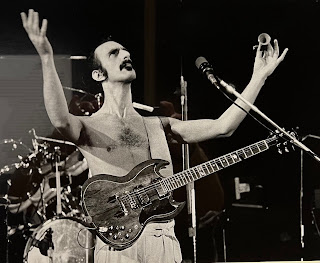BRIGHTON ROCK (1948)
Directed by John Boulting
Pathé Pictures, 92 minutes, Not-rated.
★★★★★
Unless you’re a film noir junkie you’ve probably never heard of Brighton Rock. This British-made movie never got much of a U.S. release, but it’s now available in DVD and on streaming platforms. Brighton Rock is a taut and unusual slice of film noir. It’s based on a 1938 Graham Greene novel, but I doubt even he could paint in words what director John Boulting brought to the screen.
The setting is the seaside town of Brighton, England, and “rock” refers to a stick of hard candy some believe first appeared there. That’s probably apocryphal, but it’s the sweetness aspect that comes into play. Think of Brighton as a cross between Coney Island and Atlantic City during its early 20th century glory days–a mix of class and crass. The story involves two crime gangs, one established and another of neophytes headed by Pinkie Brown (Richard Attenborough) looking to up its profile. Pinkie is a young punk who is about 90% as smart as he thinks he is. It’s that missing 10% that leads to the kind of trouble he doesn’t want.
The year is 1935, one of Pinkie’s gang members has been killed, and he blames Fred Hale (Alan Wheatley) for the hit. It’s never established if Hale was guilty, but he finds himself at the wrong place at the wrong time. Brighton is running a promotion involving “Kolley Kibber,” a reference to an obscure 18th century poet/playwright. Hale’s face is plastered on advertisements and anyone in Brighton who approaches him gets cash prizes. Alas, Hale’s legitimate job overlaps with a time in which Pinkie is hatching plans in Brighton. Hale meet his ends in a funhouse ride, where Pinkie strangles him. If only Fred hadn’t encountered busybody Ida Arnold (Hermione Baddeley), everything might have worked out l for Pinkie. The police think he died of a heart attack or suicide, but Ida insists he was offed.
Pinkie and gang members need alibis to “prove” they were nowhere near the amusement park when Hale died. Pinkie sends Spicer (Wylie Watson) to distribute Kibber cards incognito so it will look like Hale had been active until his death, but Spicer accidentally left one in a café where he was probably seen. Pinkie marches off to collect the card, but it’s gone. He does, however, meet an innocent waitress who worked that table. To cover his rear, Pinkie woos 16-year-old Rose Brown (Carol Marsh) and gets forged documents allowing the two underaged “lovers” to marry; under British law a spouse cannot testify against a partner. Rose is the rock candy. After briefly treating her like a queen with no money–including making a recording of his voice–Pinkie returns to his rough hoodlum ways. Rose, though, is both a good Catholic girl and so green that she assumes Pinkie’s surliness is her fault.
Pinkie’s dilemma is essentially that of Icarus. He and is diminishing gang–a few are put out of commission–have been involved in smalltime rackets, but Pinkie’s aspirations put him on a collision course with Colleoni (Charles Gardner), the Big Fish. Getting him to bite isn’t easy as Colleoni recognizes Pinkie as a lowlife loser. As Pinkie grows more desperate, things rocket out of control. The record’s content factors into the plot, as does the fact that Rose doesn’t own a gramophone. So too will a gun, Ida’s meddling, and Rose’s Catholicism. Brighton Rock hurtles toward a surprising ending that both chills and touches.
Among the things that make this film stand out are sequences, especially at the fun house and on a dark pier, that are as surrealistic as a Man Ray photograph. Cinematographer Harry Waxman manipulated light and dark so brilliantly that they illumine one of the film’s themes: sin versus redemption. Overall, Waxman’s use of light is so good that were this not a black and white film I’d be tempted to apply adjectives such as vivid and lurid. The movie is carried, though, by Marsh and Attenborough. They both play teens–Marsh was actually 21 and Attenborough 25–and their baby faces enhance the dance between inherent innocence and its corrupted variety. If you can get past the dated aspects of this 74-year-old project, you will be treated to a superb underappreciated film noir gem. Dare I call it “eye candy?”
Rob Weir















